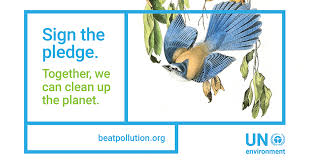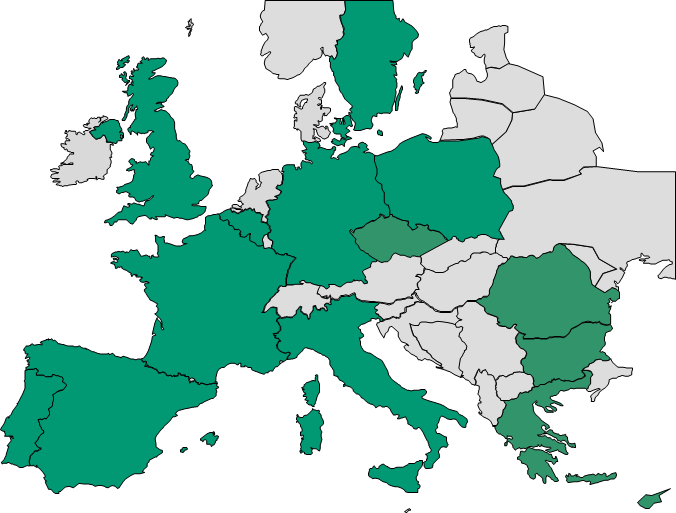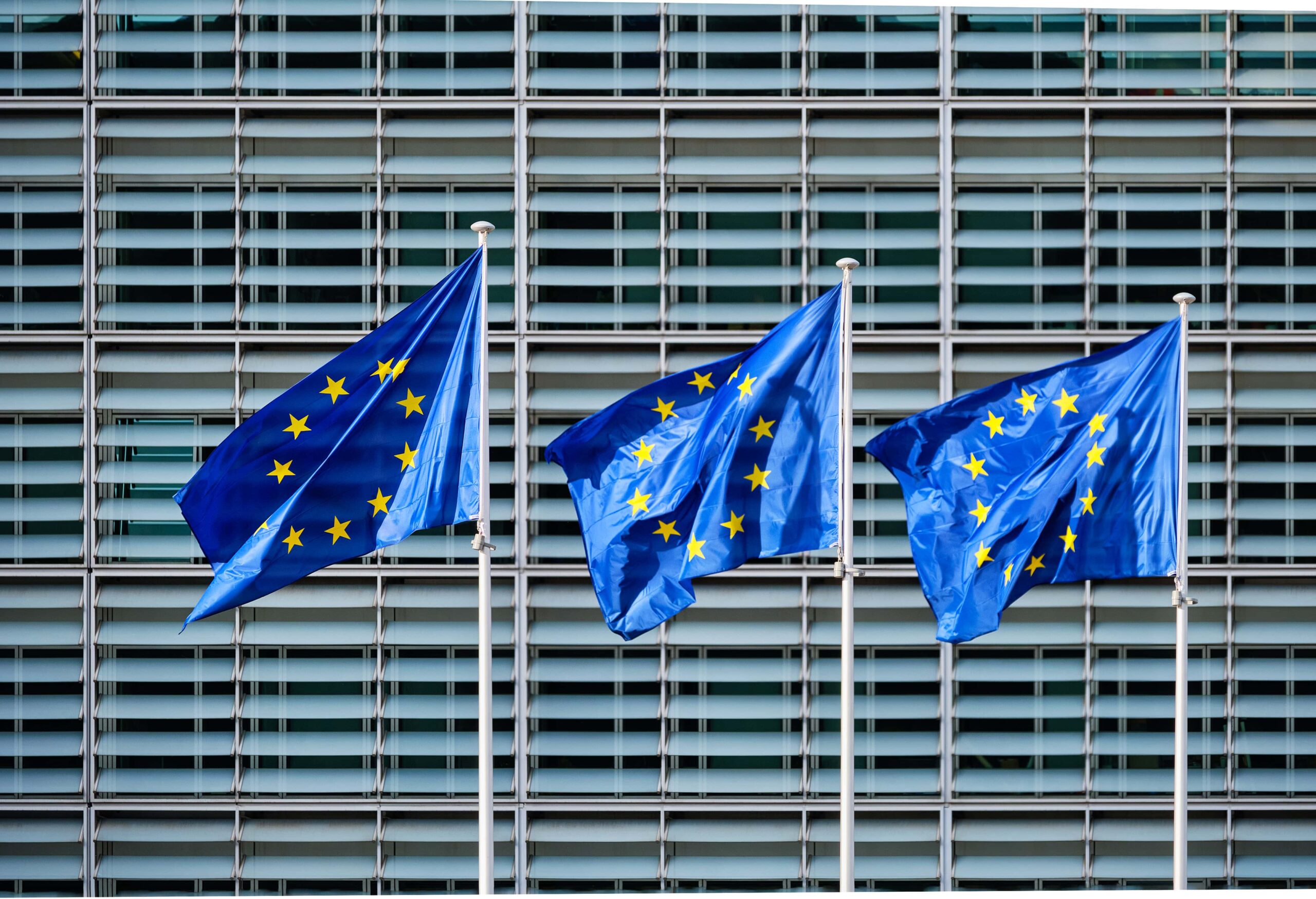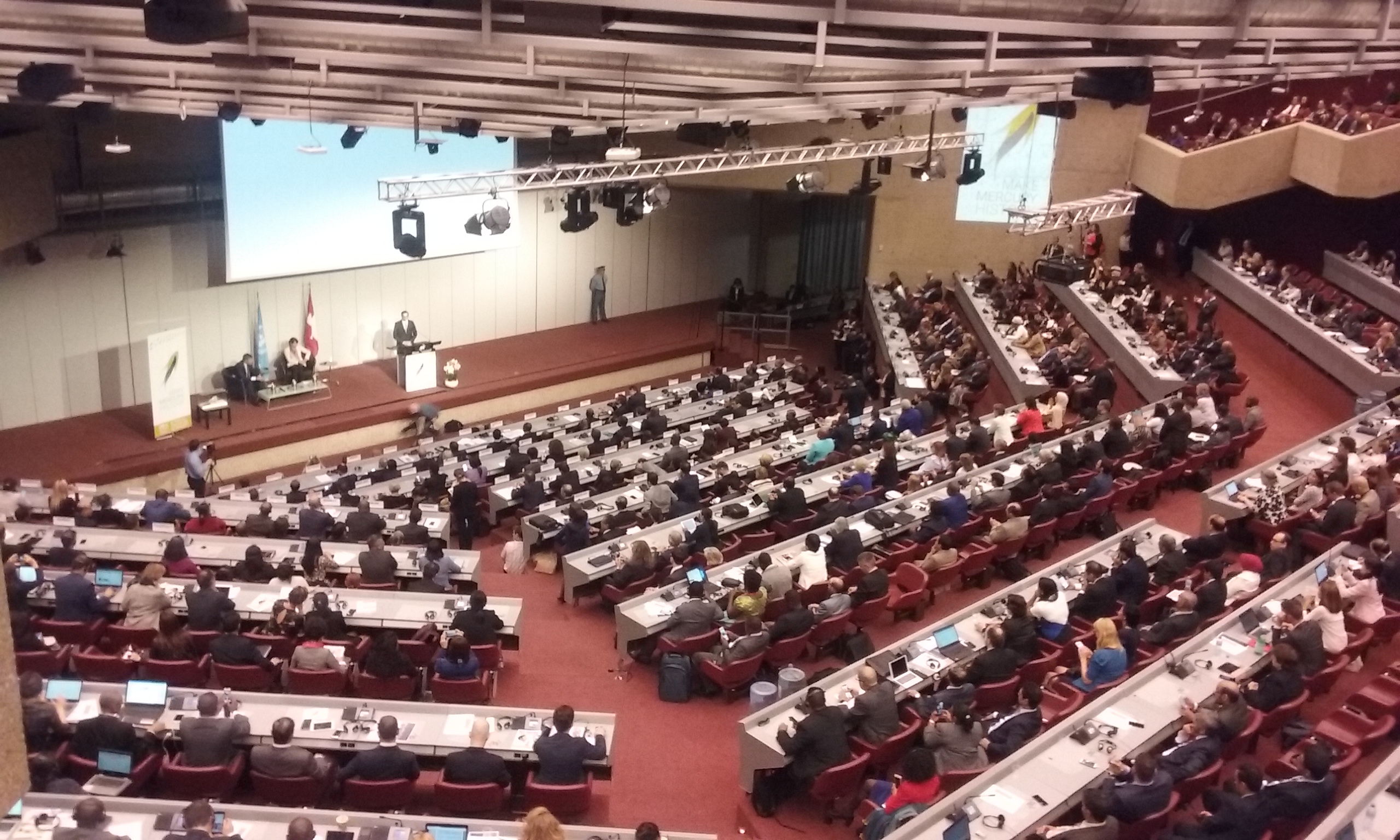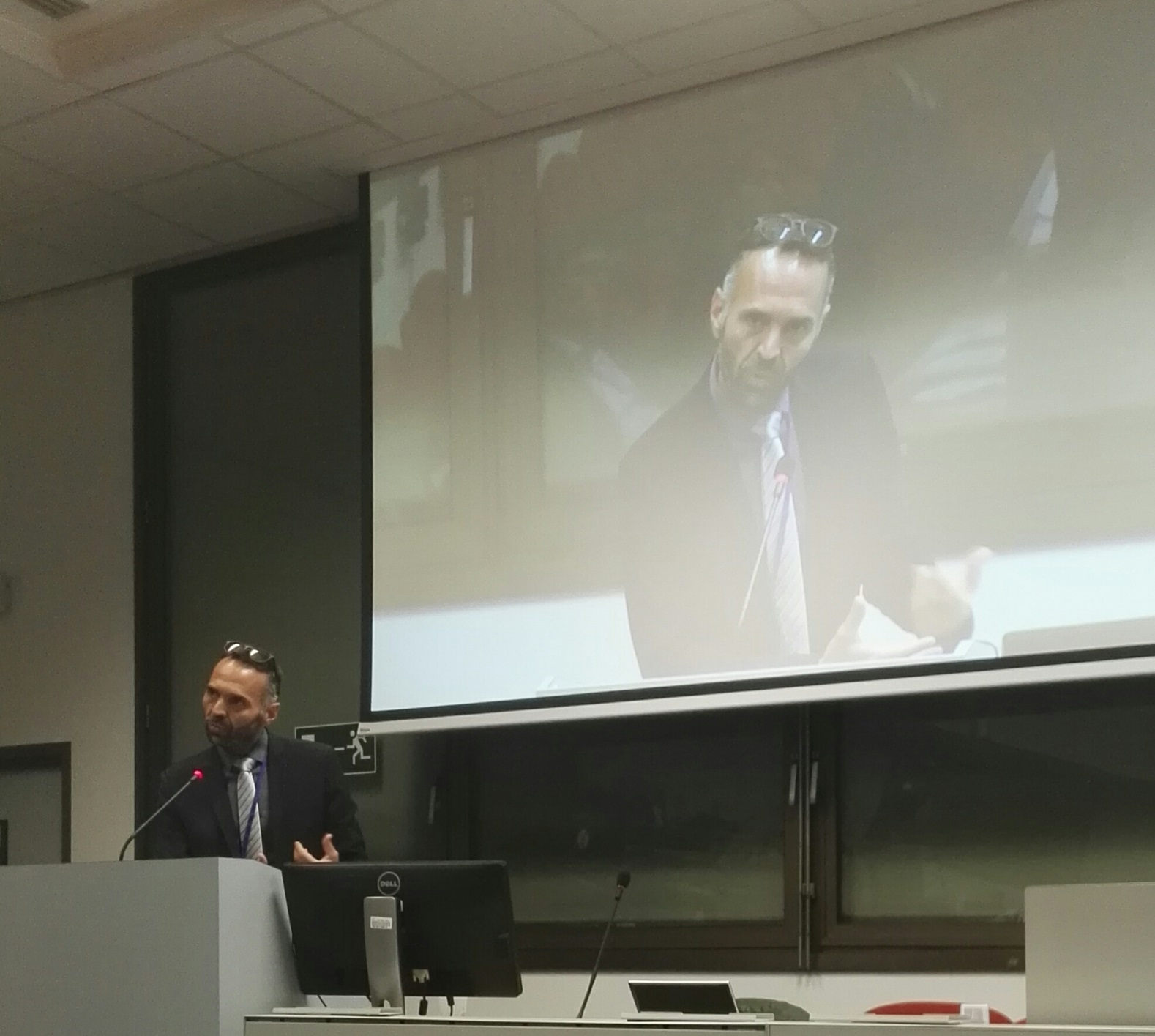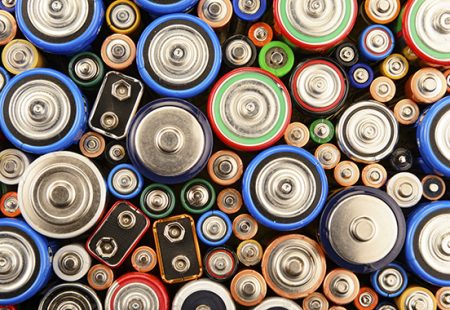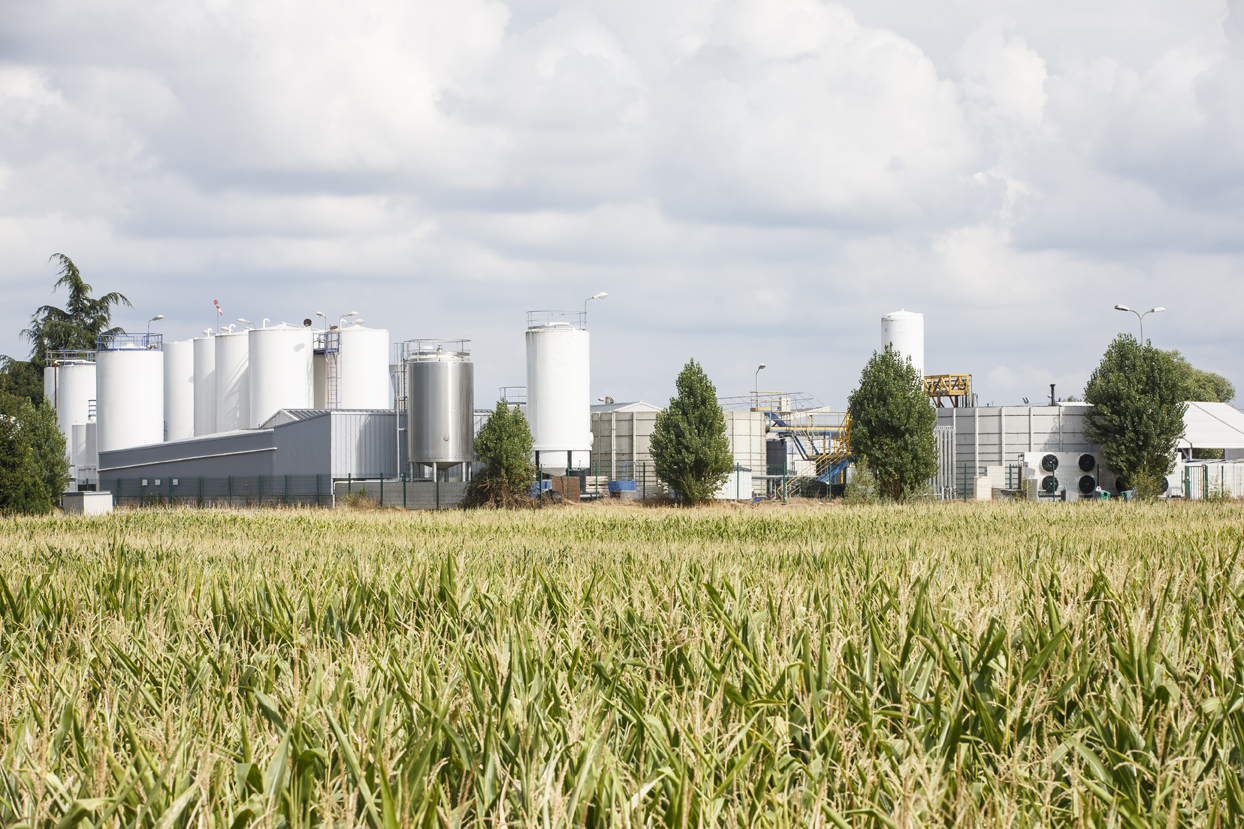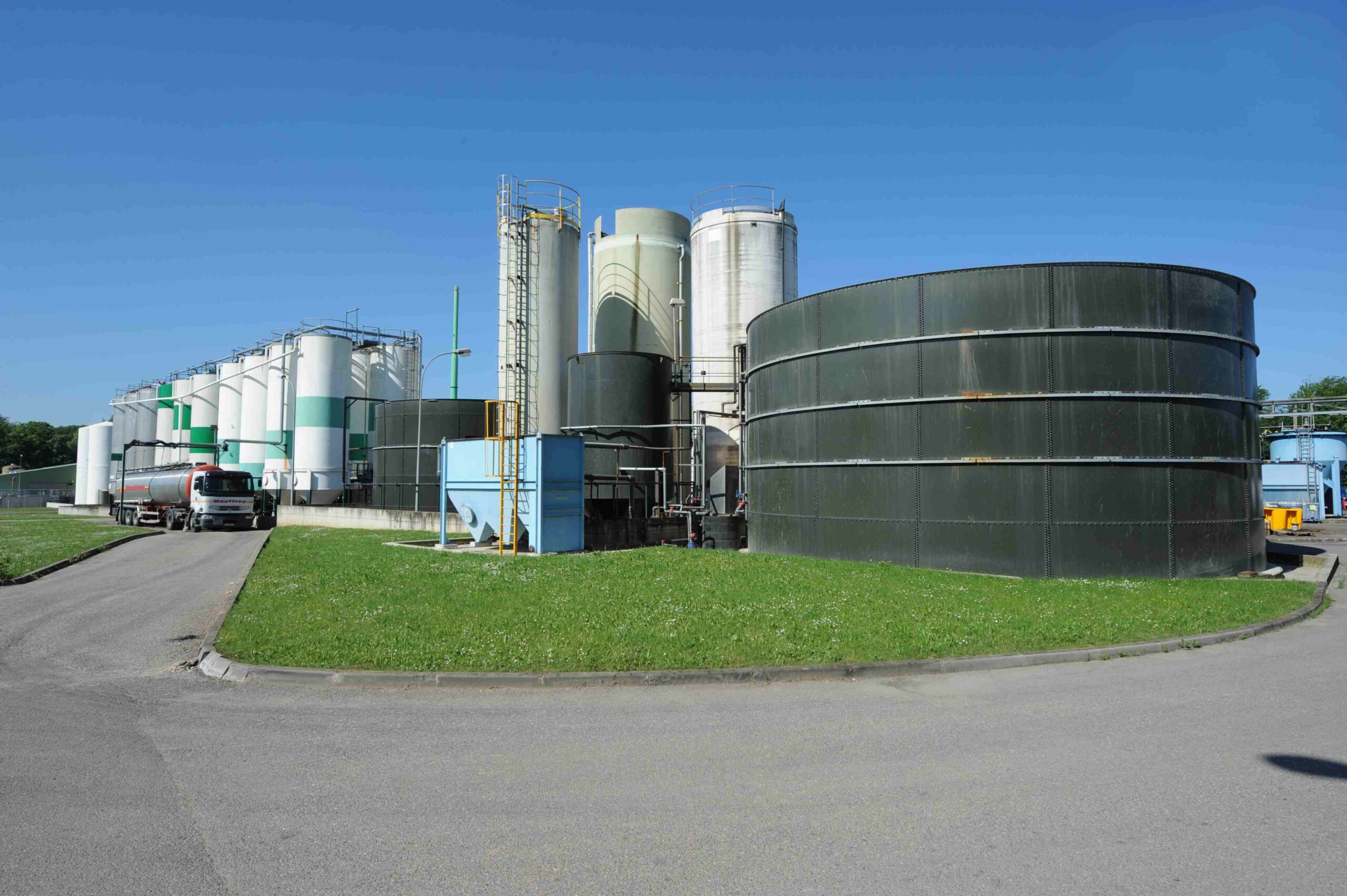We are deeply convinced that only a model built on non-toxic materials cycles can and will ensure a safe and sustainable circular economy. To reach this ultimate goal, we are committed to strive that substances or materials streams contaminated with toxic substances are appropriately decontaminated before being reincorporated into the recycling chain. Our objective is that legal provisions on circular economy that flourish in member states acknowledge this significant necessity: prior to recycling, unwanted hazardous components or pollutants contained in both non-hazardous and hazardous waste should be extracted and treated in compliance with the waste and chemical laws to ensure that toxic substances would not be again and again reincorporated in materials that aim to become products of day to day life. Only by controlling that we will protect health and the environment and pave the way towards the achievement of sustainable consumption and production patterns (Goal 12). By promoting high quality recycling we will work to sustainably guarantee « the environmentally sound management of chemicals and all wastes throughout their life cycle » and achieve healthy lives and promote well-being (Goal 3). The technical solutions already exist and are effective. We miss the political signal that would set decontamination in the legislation. We should hit hard, we must hit now and we could not dream more symbolic than having the solution of decontamination as part of a pollution free planet endorsed by the United Nations. #beatPollution
Hazardous Waste Management situation in 14 EU countries
A few months ago, willing to support the provisions of the waste framework directive dealing with hazardous waste management, the EU Commission requested the consultant BIPRO to assess the hazardous waste management situation in 14 Member States, with a special focus on PCB. After months of work and several workshops in respective Member States, the final workshop that took place in Brussels on Monday October 23rd presented the outcome of the analysis. The final study should be released at the end of the year and will be the subject of a report by the Commission by April 2018. The first outcomes underline the important gaps regarding traceability, proper classification and safe transport and stress the importance to have reliable data to ensure good planning and safe treatment. Sarah Nelen, Head of the unit Waste Management & Secondary Materials at the European Commission, rightly pointed out that it was not just about regulation but implementation and that the issue should be move up on the political agenda. HWE brought its expertise to the study since the beginning and in a presentation co-signed with EURITS – European Union for Responsible Incineration and Treatment of Special waste, HWE gave some food for thoughts to answer the following question: Do the existing infrastructures match with the need of infrastructures based on the industrial production of each country? 2017-10-23 – PRESENTATION – BENCHARK STUDY – BRX WORKSHOP Despite a lack of accuracy of the data collected and provided by most of the Member States, we were able to emphasize some key findings consistent with the BIPRO’s report. Thanks to the methodology developed, it was possible to conclude that: half of the countries scrutinized have either a too low reported rate of hazardous waste or even really underrated figures, 10 out of 14 Member States have not enough infrastructures to treat properly its hazardous waste. It leads to significant problems in terms of policy making. Wrong data lead to wrong policy! HWE applaudes the initiative of DG Environment and hopes that it will end-up with efficient decisions at the national and at the European levels for a better and safer management of hazardous waste.
HAZARDOUS WASTE EUROPE welcomes the Study for the strategy for a non-toxic environment published by the European Commission
[et_pb_section admin_label= »section »][et_pb_row admin_label= »row »][et_pb_column type= »4_4″][et_pb_text admin_label= »Texte » background_layout= »light » text_orientation= »left » use_border_color= »off » border_color= »#ffffff » border_style= »solid »] [box] European legislation should impose decontamination of polluted waste before recycling, according to the Study for the strategy for a non-toxic environment of the Commission.[/box] HAZARDOUS WASTE EUROPE welcomes the [button link= »https://publications.europa.eu/en/publication-detail/-/publication/89fbbb74-969c-11e7-b92d-01aa75ed71a1/language-en/format-PDF/source-40456210″ type= »icon »] Study for the strategy for a non-toxic environment[/button] recently published by the European Commission, whose aim is to check whether current legislation protects at the appropriate level consumers health and the environment against the risks due to chemical substances of concern during their life cyle. «Waste » part of the cycle For the « waste management » portion of the cycle, the Study estimates that current European legislation does not bring a adequate protection against the risks from chemical substances of concern in articles, waste and material cycles. In addition, the presence of theses substances in consumers products along their life cycle is likely to undermine circular economy. In view of improving consumers safety and environment protection as well as fostering circular economy, it recommends, for the « waste » part of the cycle, that legislation be supplemented in order to : [/et_pb_text][/et_pb_column][/et_pb_row][et_pb_row admin_label= »row »][et_pb_column type= »4_4″][et_pb_text admin_label= »Texte » background_layout= »light » text_orientation= »left » background_color= »#dee5e5″ use_border_color= »off » border_color= »#ffffff » border_style= »solid »] Garanty an integral information on the presence and the concentrations of chemical substances of concern in products and articles so that recyclers operate in full knowledge of the facts Avoid chemical substances of concern to enter articles and material cycles Bring the waste sector to decontaminate polluted waste before or during material recovery operations. [/et_pb_text][/et_pb_column][/et_pb_row][et_pb_row admin_label= »row »][et_pb_column type= »4_4″][et_pb_text admin_label= »Texte » background_layout= »light » text_orientation= »left » use_border_color= »off » border_color= »#ffffff » border_style= »solid »] These provisions are necessary for the waste industry to produce certified non toxic material flows. From an operationnal point of view, it will bring waste recovery operators: [/et_pb_text][/et_pb_column][/et_pb_row][et_pb_row admin_label= »row »][et_pb_column type= »4_4″][et_pb_text admin_label= »Texte » background_layout= »light » text_orientation= »left » background_color= »#dee5e5″ use_border_color= »off » border_color= »#ffffff » border_style= »solid »] To distinguish between end of life articles and their parts containing chemical substances of concern and those which do not To sort end of life articles and their parts by the contents of chemical substances of concern and to orient them towards the appropriate treatments To decontaminate waste containing chemical substances of concern before or during material recovery operations To inform downstream users on the quality and on the content of chemical substances of concern in recovered materials. [/et_pb_text][/et_pb_column][/et_pb_row][et_pb_row admin_label= »row »][et_pb_column type= »4_4″][et_pb_text admin_label= »Texte » background_layout= »light » text_orientation= »left » use_border_color= »off » border_color= »#ffffff » border_style= »solid »] Authors believe waste treatment operations are the most appropriate point of the cycle for extracting chemical substances of concern from the material cycles. To reach these recommendations, authors studied the fate of chemical substances of concern in the case of waste recycling. They noted that recyclers generally dilute waste containing chemical substances of concern with waste which does not, a practice which contaminates the entire waste flow as well as the subsequent recovered materials. This may lead to « new, unexpected exposure situations » and and may generate hazardous uses when used in products not forseen in the initial risk assesments. Brominated flame retardants (some of which are identified as endocrne disrupteers) are found in food contact articles. « Other well-known examples of problematic substances found in material flows include PCBs, lead, cadmium, and some highly fluorintaed substances. » Risks for health and the environment are increased because several chemical substances of concern are generally present, entailing a cocktail effect, and because exposures are on the long-term and cumulatives. Chemical substances of concern are found in human body, animals et several sectors of the environment. Moreover, authors noted that waste contamination is likely to degrade the quality of recovered materials. And prohibited substances remain in materials and articles in use after the prohibition, not to mention that imported articles, are not or less subject to restrictions on chemical substances of concern. These phenomenon will grow due to the important growth of chemicals and articles quantities put on the market. HAZARDOUS WASTE EUROPE agrees with the Study that current European legislation needs to be completed in order to ensure that materials recovered from polluted waste are non toxic and thus to encourage the transition towards a circular economy. This is necessary not only for protecting consumers health and encouraging efficient use of resources, as the Study concludes, but also to enhance the value of recovered materials, to reduce waste procucers liability, and ultimately to make sure that the starting circular economy will also be a sustainable economy. In HAZARDOUS WASTE EUROPE ’s view, the legislator should preserve and even reinforce the level of protection provided by the regulation on hazardous waste. In addition all waste containing chemical substances of concern above the thresholds set by REACH or by the POP regulation should be regulated and managed so as to provide a high level of safety. Entry point on the market The Study also looks at the point of the cycle where products and chemical substances of concern are put on the market. It concludes the same that current European legislation does not adequately frame risks generated at this point. Authors looked at ten other European directives or regulations[1] regulating chemical substances of concern and products put on the market. The Study estimates that the loopholes of each of them are such that safety of consumers and environment protection are far from being garantied, while precisely these texts are ment to provide it. Example : the very limited and insufficient information on chemical substances of concern, which hinders consumers to choose articles in full knowledge and waste managers to make appropriate operational decisions. [1] REACH, CLP, regulation on biocide products(BPR), POPs regulation , General Product Safety Directive, Construction product regulation (CPR), Toys safety directive (TSD), directive on medical devices, legislation on food contact materials, Ecodesign Directive. [/et_pb_text][/et_pb_column][/et_pb_row][/et_pb_section]
HWE present at the COP1 of the Minamata Convention
A few weeks after the entry into force of the [button link= »http://www.mercuryconvention.org/Convention/tabid/3426/language/en-US/Default.aspx » type= »icon »] Minamata Convention on Mercury[/button] (16 August 2017), the first meeting of the Conference of the Parties (COP1) took place from 24 to 29 September 2017 in Geneva, Switzerland. The Convention, whose Secretariat is now officially based in Geneva, aims at “protecting the human health and the environment from anthropogenic emissions and releases of mercury and mercury compound”. Mercury, which is still commonly used in various fields, is recognized as a substance producing significant adverse effects, making it essential to be adequately treated and disposed of in a sustainable manner. HWE, whose members brought their expertise to the work of the Convention, pays tribute to the entry in to force of the Convention and attended this important event. For HWE, the Convention shall ensure: the phase out of the use of mercury with a pragmatic but safe framework for the few remaining allowed uses, the ultimate goal is the stabilization of mercury considered as a waste through high tech process that will ensure a safe permanent storage, the full traceability of mercury waste from the producer to the final destination, clear definitions of what is a “waste contaminated by mercury”, “waste containing mercury”, or “mercury compounds”, where specific requirements due to this contamination shall apply the very strict monitoring of mercury emissions to air from the relevant sources (coal power plants, non-ferrous metal production, cement kilns and incineration) through continuous measurement; similar requirements should also apply for water emissions At the EU level, the adopted [button link= »http://eur-lex.europa.eu/legal-content/FR/TXT/?uri=CELEX%3A32017R0852″ type= »icon »] regulation on mercury[/button] (May 2017) enabled the EU to ratify the Convention.
Highlight on high quality recycling: HWE in the spotline at the EU Commission’s conference on plastic
On 26th September, a numerous number of stakeholders among them representatives of industries, European federations, civil society, national public authorities and EU institutions gathered for the conference “Reinventing plastics – Closing the circle” in view of the forthcoming plastic strategy. Nicolas HUMEZ, as chairman of HWE, delivered a targeted presentation – that you can find [button link= »https://www.hazardouswasteeurope.eu/wp-content/uploads/sites/3/2017/09/2017-09-26-REINVENTING-PLASTICS-NICOLAS-HUMEZ_HWE.pdf » type= »icon »] Here[/button] in the panelist cession dealing with “Interface between product, waste and chemical policy: how to balance phasing out legacy substances with higher recycling rates?” It was the opportunity to highlight the key necessity to promote high quality recycling -and to use the words of First Vice President of the European Commission, Frans Timmermans “not only because it is the right thing to do for the environment, but because it is the smart thing to do for the economy”- in discussions that often focus merely on quantitative targets. HWE puts the emphasis on the absolute necessity to couple high quality recycling rates with quality criteria. Waste producers and operators should avoid operations that circumvent the rules by using declassification and dilution so as to reach recycling targets more easily, and which unfortunately considerably contaminate the quality of recyclates with substances of concerns and endanger at the same time health and the environment. It implies notably to make a clear distinction between waste – that should be hazard-based because we ignore the further fate of the waste and product that is designed to meet specific uses and for which a risk based approach will validate that there will be no adverse risks for this use. We should then favor recycling in closed and controlled loop. These principles have been precised in the HWE’s answer to the consultation on the interface between chemicals, products and waste legislation and identification of policy options (July 2017) that you can find [button link= »https://www.hazardouswasteeurope.eu/wp-content/uploads/sites/3/2017/09/2017-07-07-CPW-INTERFACE-HWE.pdf » type= »icon » color= »teal »] Here[/button] . The promotion of non-toxic material cycles and better tracking of chemicals of concern in products that the EU commission is calling is at the core of the very recently published Study [button link= »https://publications.europa.eu/en/publication-detail/-/publication/89fbbb74-969c-11e7-b92d-01aa75ed71a1/language-en/format-PDF/source-40456210″ type= »icon »] Link here[/button] for the strategy for a non-toxic environment of the 7th Environment Action Programme, that perfectly echoes the DDT (Decontamination, Non-Dilution and Traceability) principle promoted by HWE.
Entry into force of the Minamata Convention on Mercury
Entry into force of the Minamata Convention on Mercury
European parliament sent a strong political message for a sustainable circular economy!
EUROPEAN PARLIAMENT SENT A STRONG POLITICAL MESSAGE FOR A SUSTAINABLE CIRCULAR ECONOMY!
Coming soon new
coming soon new

